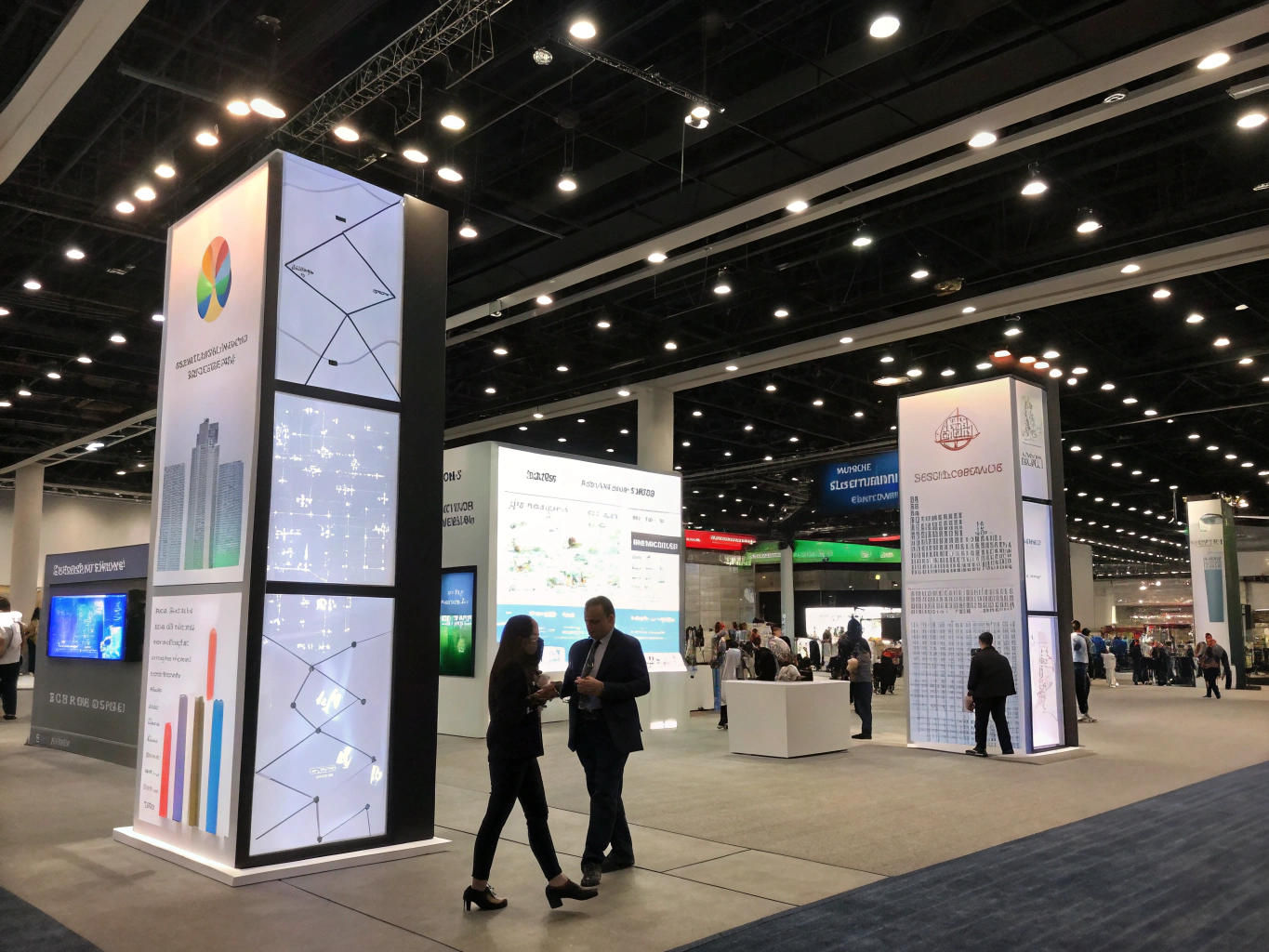How to Use Visuals and Graphics on Your Science Fair Board
Creating an eye-catching and informative science fair board is essential for communicating your project clearly and engaging your audience. Visuals and graphics play a crucial role in achieving this goal. Whether you are a student preparing for your first science fair or looking to improve your presentation skills, knowing how to use visuals effectively can make a big difference. For inspiration, check out this best example of science fair board to see how professional layouts and graphics can elevate your project.
Why Visuals Matter on a Science Fair Board
Visual elements such as images, charts, graphs, and diagrams help break down complex information into digestible pieces. They draw attention, clarify your data, and make your project more memorable. Judges often review many projects, so a board that quickly communicates key points through visuals stands out. Additionally, visuals can engage visitors who might not have a strong science background, helping them understand your work at a glance.
Choosing the Right Types of Visuals
Not all visuals are created equal, so it’s important to pick those that best support your project’s message:
- Photographs: Show real-life images of your experiment, materials, or results. High-quality photos add authenticity and a personal touch.
- Graphs and Charts: Use bar graphs, pie charts, or line graphs to present quantitative data clearly. Choose simple, labeled graphs for easy interpretation.
- Diagrams and Illustrations: Drawings or flowcharts can explain processes, setups, or concepts that words alone might complicate.
- Infographics: These combine visuals and text to summarize information effectively, especially useful for highlighting key findings or steps.
Design Tips for Using Visuals on Your Board
Keep It Balanced and Organized
A cluttered board can confuse rather than clarify. Arrange visuals strategically around your text to create a balanced layout. Group related images and charts near the corresponding sections, such as placing graphs next to your results. Use white space wisely to give your content room to breathe and avoid overwhelming viewers.
Use Consistent Colors and Fonts
Choose a color scheme that complements your visuals without overpowering them. Consistency in font style and size across headings, labels, and descriptions enhances readability and professionalism. Colors can also be used to highlight important data or differentiate between variables in a chart.
Make Visuals Large and Clear
Ensure your images and graphics are large enough to be seen from a distance. Avoid tiny text or crowded charts. High resolution and sharp contrasts help maintain clarity. If you use printed visuals, ensure they are crisp and not pixelated.
Incorporating Captions and Labels
Every visual element should include a brief caption or label explaining what it represents. Captions guide viewers and emphasize your key points without requiring lengthy explanations in the main text. Clear labeling on graphs and diagrams helps judges quickly understand your data and methodology.
Final Thoughts
Visuals and graphics are powerful tools that can transform your science fair board from ordinary to outstanding. By selecting the right types of visuals, designing a clean and cohesive layout, and providing clear labels, you improve communication and engage your audience effectively. For a detailed visual guide and layout ideas, explore the best example of science fair board to inspire your next project.

Leave a Reply